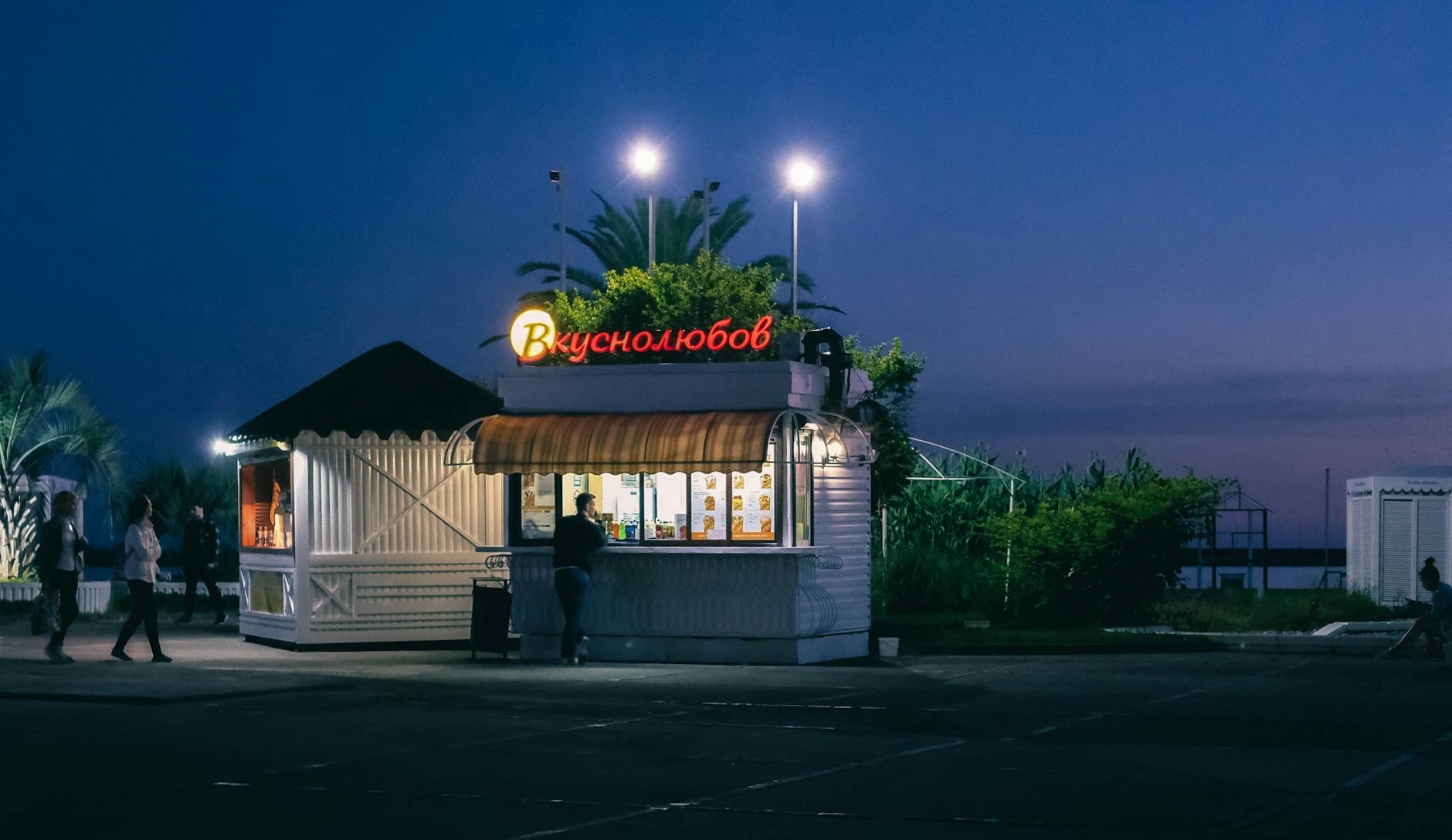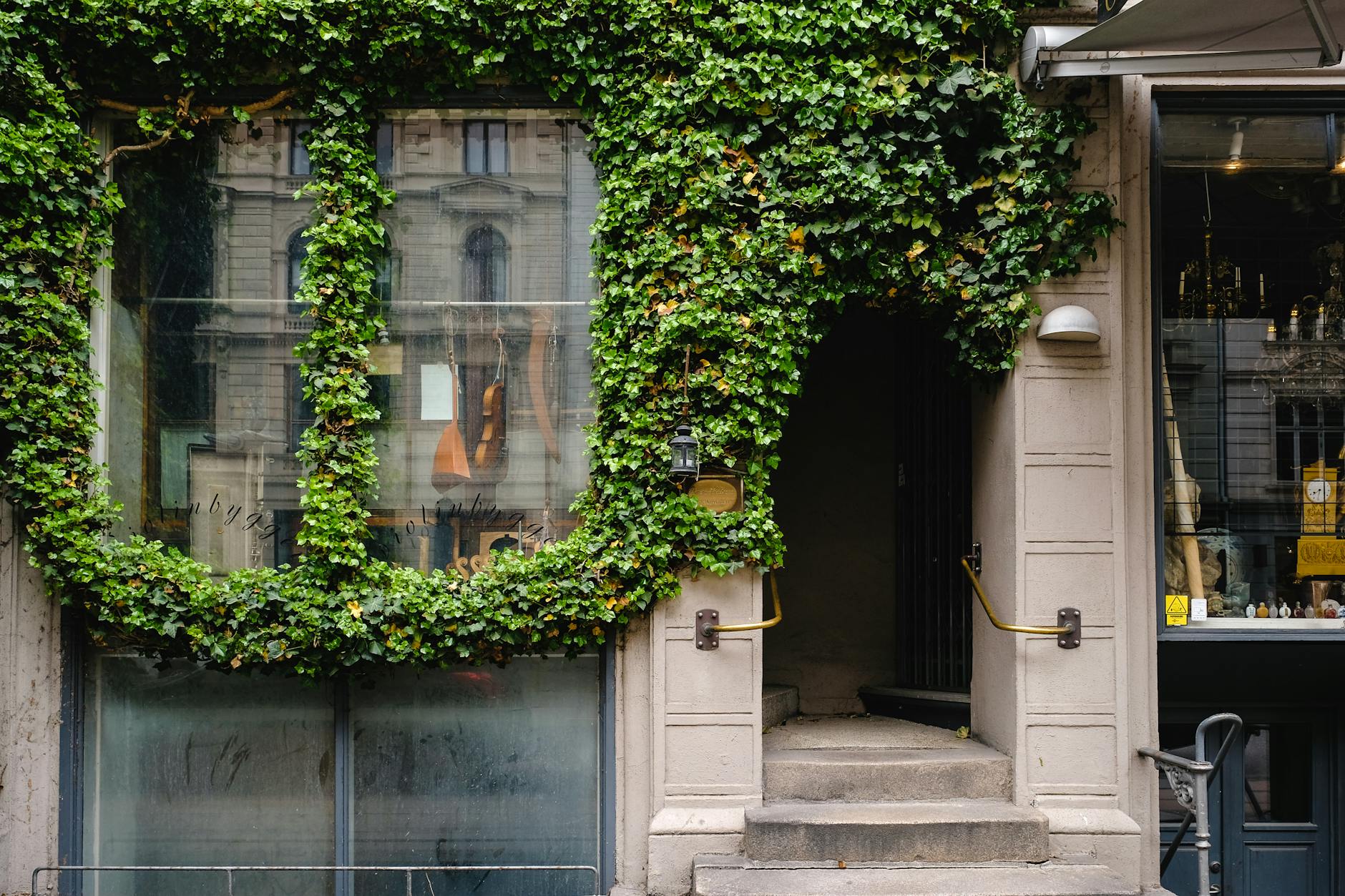Welcome to the illuminating world of inside lighting! Choosing the right lighting can transform your living space, impacting mood, functionality, and even your energy levels. Let’s delve into the key aspects of creating the perfect ambiance in your home.
Understanding Light Types
Different types of lighting serve distinct purposes. Incandescent bulbs offer a warm glow, while LEDs are energy-efficient and long-lasting. Fluorescent lighting provides bright, cool illumination, perfect for task-oriented areas. Choosing the right light type depends heavily on the specific needs of each room. 
Layering Your Lighting
For truly effective illumination, layering is key. Consider using a combination of ambient, task, and accent lighting. Ambient lighting provides overall illumination, task lighting focuses light on specific areas (like a desk or kitchen counter), and accent lighting highlights architectural features or artwork. Learn more about balancing these light types.
Ambient Lighting Solutions
Ambient lighting sets the overall mood and brightness of a room. Common sources include ceiling fixtures, recessed lighting, and chandeliers. Consider the size of your room when choosing an ambient light fixture; a large room needs a more powerful light source than a small one. [IMAGE_2_HERE]
Task Lighting Essentials
Task lighting is crucial for activities requiring focused vision, such as reading, cooking, or working. Desk lamps, under-cabinet lighting, and pendants are all excellent choices. The intensity and direction of the light are vital considerations. Check out these stylish task lamps.
Accent Lighting Showcases
Accent lighting adds drama and highlights specific features. Think track lighting to showcase artwork, or strategically placed spotlights to emphasize architectural details. Accent lighting adds depth and personality to your space. [IMAGE_3_HERE]
Color Temperature Considerations
The color temperature of a light bulb is measured in Kelvin (K). Lower Kelvin values (2700K-3000K) produce a warm, yellowish light, while higher values (5000K-6500K) result in a cool, bluish light. The right color temperature depends on your preferences and the room’s intended use. Read our guide to color temperature.
Smart Lighting Integration
Smart lighting offers incredible control and convenience. You can adjust brightness, color, and even schedule your lighting using your smartphone or voice assistant. Explore the world of smart bulbs. This technology allows for customized lighting experiences to suit different moods and activities. [IMAGE_4_HERE]
Energy Efficiency and Savings
Choosing energy-efficient lighting options, such as LEDs, not only helps the environment but also significantly reduces your energy bills. LEDs offer longer lifespans and consume less energy compared to traditional incandescent bulbs. Compare energy efficiency ratings here.
By carefully considering these factors, you can create a lighting scheme that is both functional and aesthetically pleasing, transforming your home into a haven of light and comfort. Remember, good lighting is an investment in your well-being and the beauty of your space.
Frequently Asked Questions
What is the best type of lighting for a living room? A combination of ambient, task, and accent lighting usually works best for a living room, offering both overall illumination and focused light for reading or other activities.
How many lumens do I need per square foot? The lumens per square foot needed depends on the room’s purpose and desired brightness level; however, a general guideline is 1.5-3 lumens per square foot for ambient lighting.
How do I choose the right color temperature for my bedroom? Warmer color temperatures (2700K-3000K) are generally preferred for bedrooms as they create a relaxing and comfortable atmosphere.
Can I mix different types of lighting in one room? Absolutely! Mixing different lighting types is a common and effective way to create a layered and dynamic lighting scheme.
What is the difference between lumens and watts? Lumens measure the brightness of a light source, while watts measure its power consumption.




